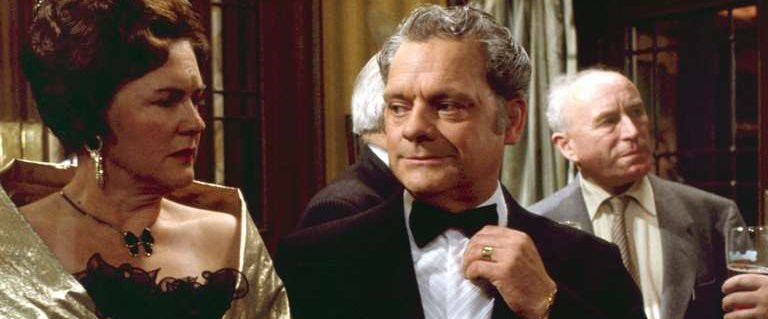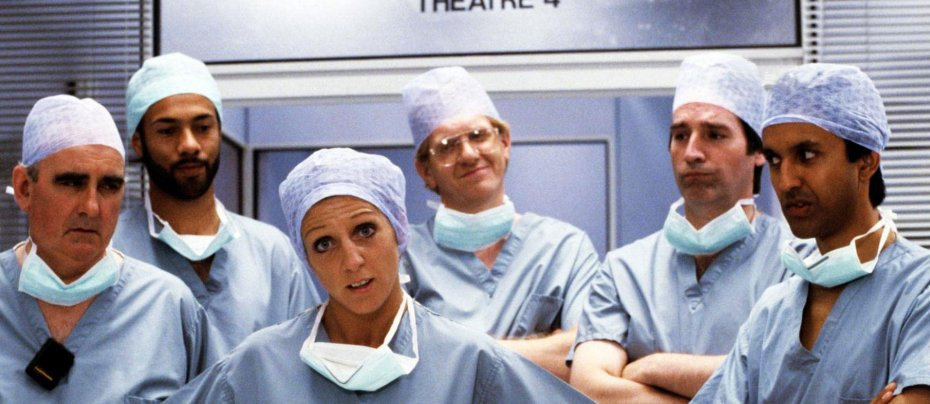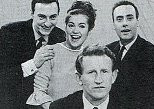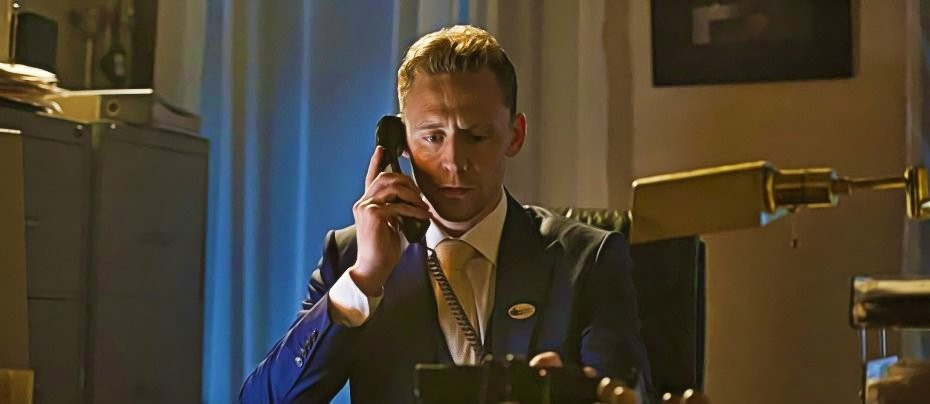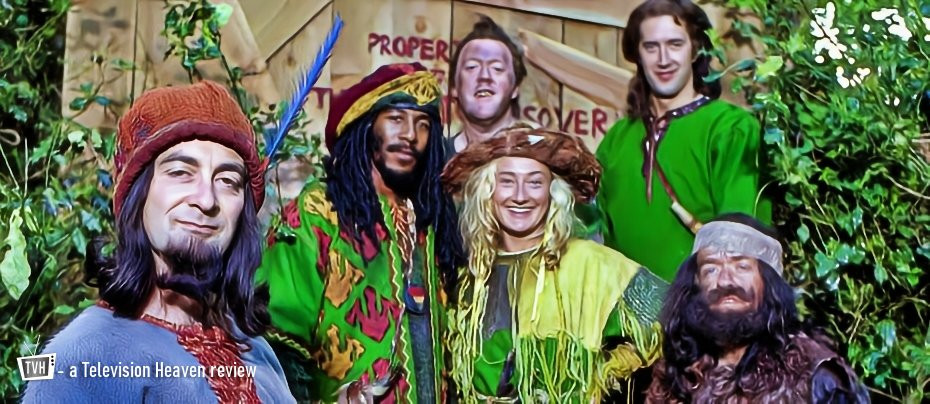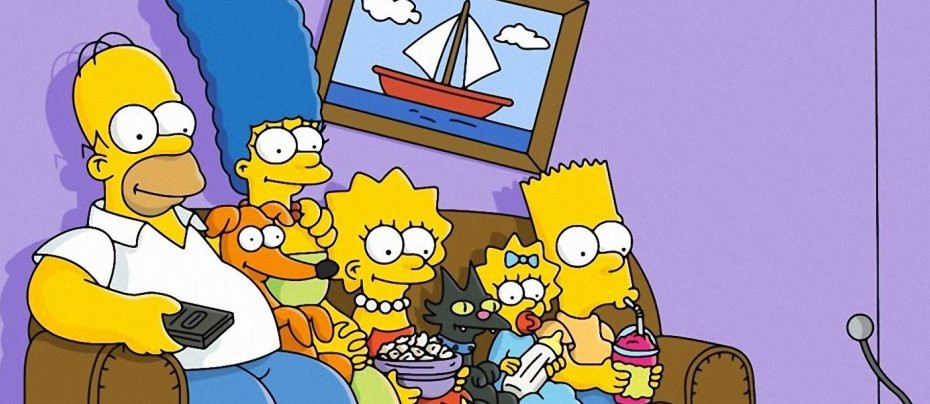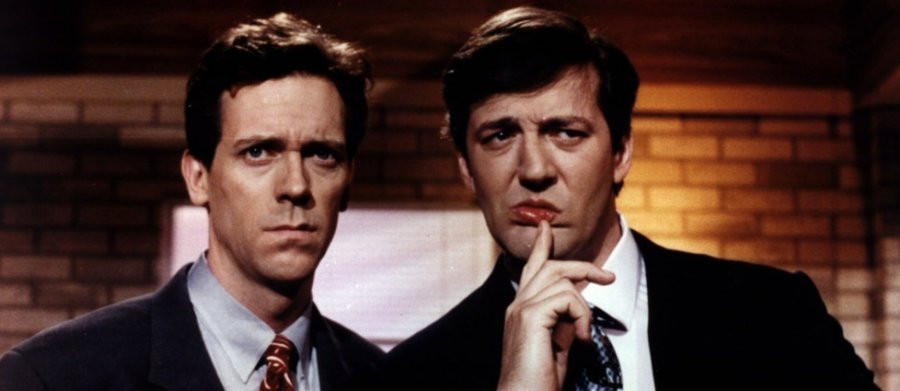
A Bit of Fry and Laurie
1989 - United KingdomReview: Brian Slade
There are some double-acts that grow up together and can only be spoken of in the same breath – Morecambe and Wise being the most obvious. But then there are others who work well together within a wider environment, but somehow find their individual talents mesh to form a perfect comedy show. So it was when Stephen Fry and Hugh Laurie emerged to eventually bring us A Bit of Fry and Laurie.
The 1980s was very much a changing of the guard for sketch comedy. Just as shows like The Young Ones spelled the end for the more comfortable sitcoms like Terry and June, so the established double acts like Little and Large and Cannon and Ball began to fall out of favour with viewers. As fondly as the straight man and comic combinations within light entertainment are remembered now, at the time both audiences and the changing guard in the corridors of power seemed to be craving something new.

Like many before them, Fry and Laurie became acquainted through university and had their first comic success as part of a wider group, pairing with Emma Thompson and Tony Slattery to write Cambridge’s Footlights review in 1981. Granada television took a punt on the group, with Ben Elton replacing Slattery, and giving a limited release to ‘There’s Nothing to Worry About!’ – a sketch show that was only broadcast in the Granada region. It was successful enough to spawn Alfresco, essentially the same programme but with the addition of Robbie Coltrane. Alfresco itself was successful enough to run for two series, but it was clear the protagonists would have greater success elsewhere.
Fry and Laurie appeared in things together, but aside from an ill-fated science-fiction themed programme called “The Crystal Cube” which mercifully bombed after one episode, they didn’t fully realise double act status until the BBC offered them their own show in 1987. A Christmas pilot episode of A Bit of Fry and Laurie was successful enough to generate a six episode series that began airing in early 1989.

The sketches were an interesting blend. There was certainly a cynical upper class feel to much of the comedy, but the content was a curious mix. Breaking in and out of character and indeed breaking the fourth wall mid-sketch to talk to the audience was commonplace. There was political satire mixed with slapstick as well, and the very popular voxpops that provided a mixture somewhere between Monty Python and Dick Emery. But key to the whole success of the show was the elaborate wordplay. This was very much Fry in his element and established the kind of perception of him as a performer that still exists today. His intellect is staggering and it shows in the most elaborately written sketches that appear like Ronnie Barker on steroids such is the intricacy of the language involved.
That is not to detract from Laurie’s contribution. Indeed Fry’s level of humour on its own may well have proven too much for its audiences without the more grounded element Laurie brought to proceedings. Although far from taking a straight man role, Laurie was frequently the more submissive of the characters involved so the addition of the many musical interludes, mostly Laurie on his own or with a band, fit perfectly to showcase his talents as both comedy performer and expert musician.
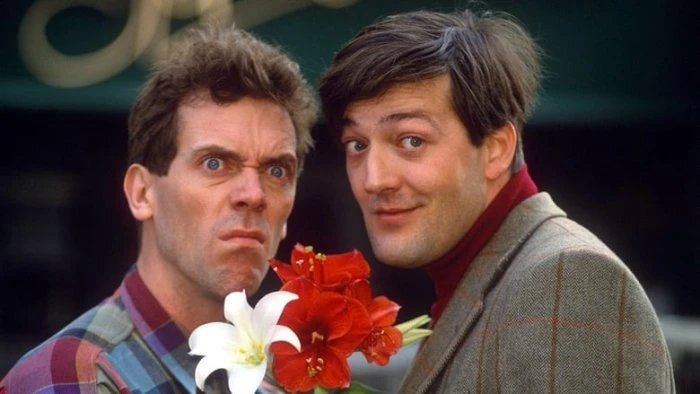
The first two series were well received, but things started to change for series three. The voxpops element was phased out, while the show now ended with Laurie at a grand piano set to play its audience out with a relaxing solo while Stephen Fry mixed up a bizarrely named cocktail such as Beef Goulash, A Quick One with You Stephen or Modern Britain, sometimes for two guests seated at the piano. The final series was switched to BBC One and gathered a host of guest stars, but it wasn’t as well received as its predecessors and the show ended after four series.
At its height, A Bit of Fry and Laurie had all the elements of great double act comedy shows. Catchphrases abounded, most popularly M’Colleague being used by the pair when referring to one another. There were only a limited number of recurring characters within the sketches, with the pair seemingly achieving greater success as variations of themselves.
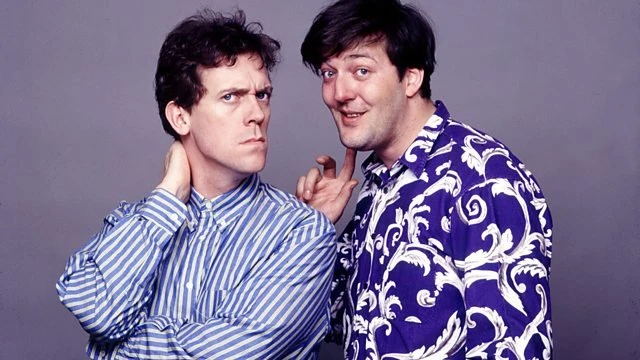
In comparison to other successful television comedy pairings, the most obvious is to Peter Cook and Dudley Moore. Pete and Dud had also initially been part of a University quartet, Beyond the Fringehaving paired them with Alan Bennett and Jonathan Miller. There is the same apparent hierarchy, with the somewhat superior Cook and the more downtrodden Moore, again with Moore contributing his ample musical talents in abundance.
Like Not Only But Also…, Pete and Dud’s successful sketch show series, ‘A Bit of Fry and Laurie’ works because of the individual talents of the pair being on a par. Both Fry and Laurie, like Cook and Moore, were capable of massive success without one another and they continue to produce work of the highest quality more than 30 years after their on screen debut as a duo. Even though some of the comedy can seem a little elitist when looking back, there’s no doubting that the ending after four series was while somewhat inevitable it was equally regrettable as ‘A Bit of Fry and Laurie’ represents a glorious testament as to why the pair remain so popular with audiences worldwide.

About the writer of this article:
Born and raised in Dorset, Brian Slade turned his back on a twenty-five-year career in IT in order to satisfy his writing passions. After success with magazine articles and smaller biographical pieces, he published his first full-length work, `Simon Cadell: The Authorised Biography'.
Brian is a devoted fan of the comedy stars of yesteryear, citing Eric Morecambe, Ken Dodd, Harpo Marx and Dudley Moore amongst his personal favourites. He was drawn to the story of Simon Cadell through not only `Hi-de-hi!' but also `Life Without George', a programme he identified with having grown up in the Thatcher era.
Seen this show? How do you rate it?
Seen this show? How do you rate it?
Published on September 21st, 2020. Written by Brian Slade for Television Heaven.


